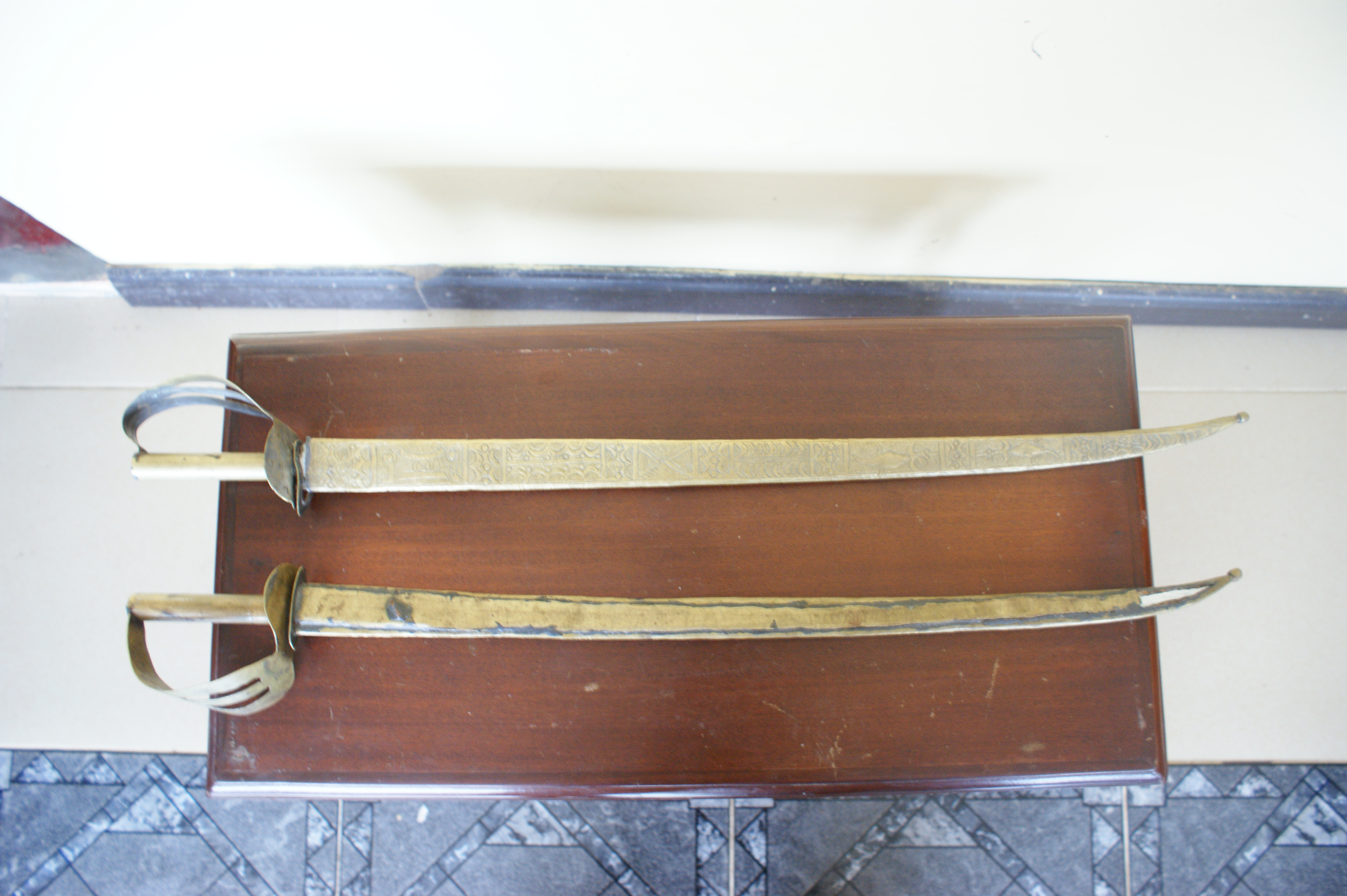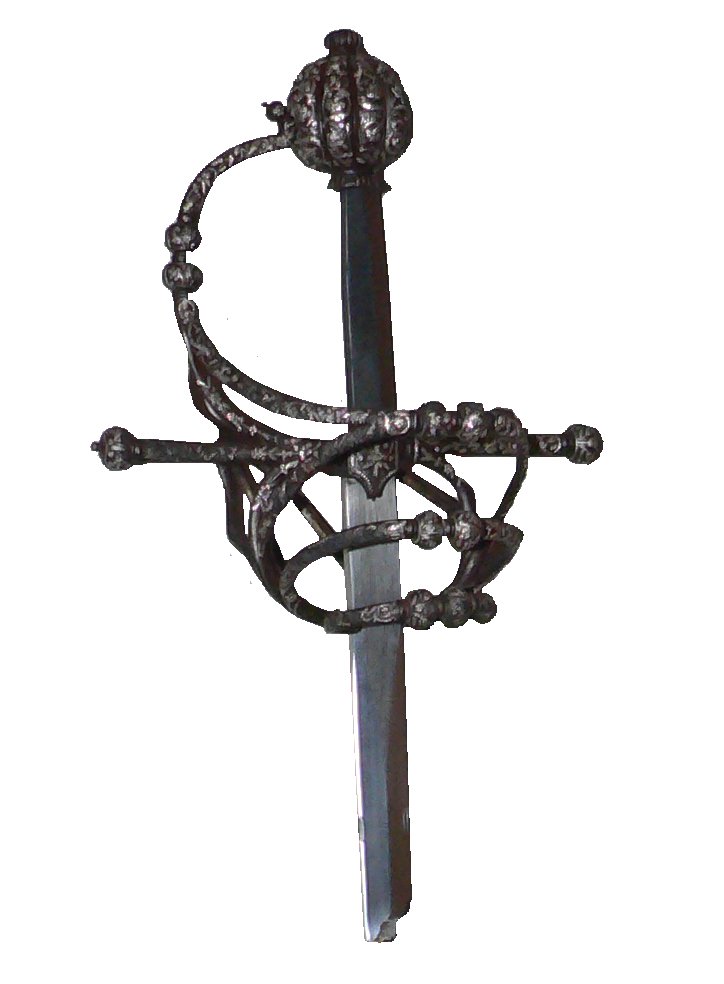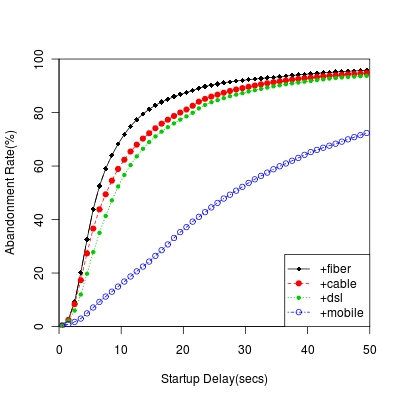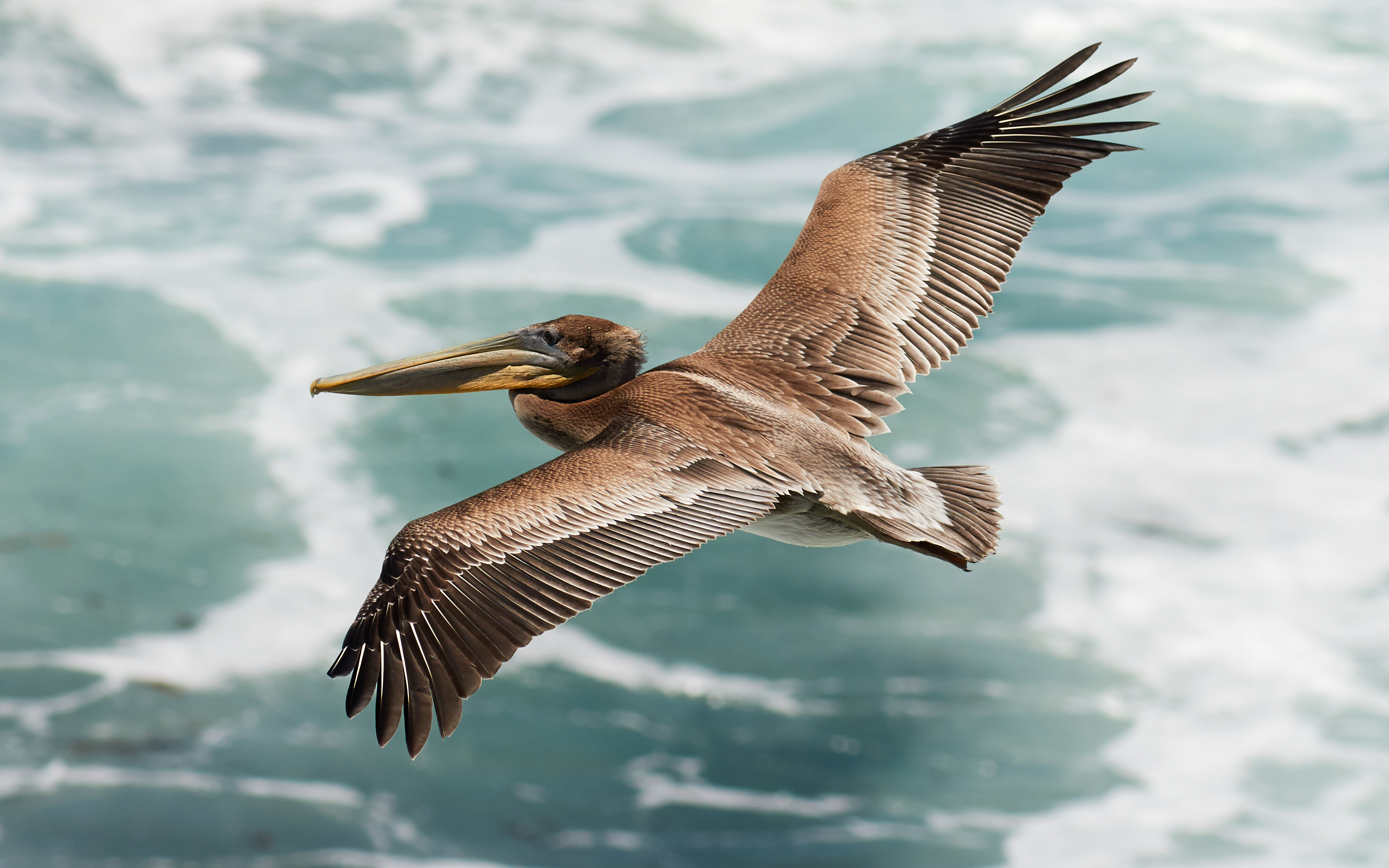|
Akrafena
An akrafena (Twi: "sword") is an Akan sword, originally meant for warfare but also forming part of Akan heraldry. The foremost example of an ''akrafena'' is the ''Mponponsuo'' (meaning "responsibility"), which belonged to Opoku Ware II. It has survived to the present day because it is still occasionally used in ceremonies, such as the Akwasidae Festival. The expert use of akrafena is also a martial art, utilising the blade in conjunction with knives, improvised weapons, street-fighting, hand-to-hand combat, joint locks, grappling and weapon disarming techniques, as well as using the martial art of akrafena unarmed. The akrafena martial art is the national sport of the Ashanti Region. Design The sword has three parts: a blade, usually made of some metal such as iron; a hilt of carved wood or metal; and the sheath, usually made of animal hide like leopard, leather and electric eel skin. The blade in ritual swords may not have a sharp cutting edge. It often has incised lines o ... [...More Info...] [...Related Items...] OR: [Wikipedia] [Google] [Baidu] [Amazon] |
Adinkra Symbols
''Adinkra'' are symbols from Ghana that represent concepts or aphorisms. ''Adinkra'' are used extensively in fabrics, logos and pottery. They are incorporated into walls and other architectural features. ''Adinkra'' symbols appear on some traditional Akan goldweights. The symbols are also carved on stools for domestic and ritual use. Tourism has led to new departures in the use of symbols in items such as T-shirts and jewellery. The symbols have a decorative function but also represent objects that encapsulate evocative messages conveying traditional wisdom, aspects of life, or the environment. There are many symbols with distinct meanings, often linked with proverbs. In the words of Kwame Anthony Appiah, they were one of the means for "supporting the transmission of a complex and nuanced body of practice and belief". History Adinkra symbols were originally created by the Bono people of Gyaaman, Gyaman. The Gyaman king, List of rulers of the Akan state of Gyaaman, Nana Kwad ... [...More Info...] [...Related Items...] OR: [Wikipedia] [Google] [Baidu] [Amazon] |
Hilt
The hilt (rarely called a haft or shaft) is the handle of a knife, dagger, sword, or bayonet, consisting of a guard, grip, and pommel. The guard may contain a crossguard or quillons. A tassel or sword knot may be attached to the guard or pommel. Pommel The pommel ( Anglo-Norman "little apple") is an enlarged fitting at the top of the handle. They were originally developed to prevent the sword from slipping from the hand. From around the 11th century in Europe, they became heavy enough to be a counterweight to the blade. This gave the sword a point of balance not too far from the hilt, allowing a more fluid fighting style. Depending on sword design and swordsmanship style, the pommel may also be used to strike the opponent (e.g. using the Mordhau technique). Pommels have appeared in a wide variety of shapes, including oblate spheroids, crescents, disks, wheels, and animal or bird heads. They are often engraved or inlayed with various designs and occasionally gilt and moun ... [...More Info...] [...Related Items...] OR: [Wikipedia] [Google] [Baidu] [Amazon] |
Prudence
Prudence (, contracted from meaning "seeing ahead, sagacity") is the ability to govern and discipline oneself by the use of reason. It is classically considered to be a virtue, and in particular one of the four cardinal virtues (which are, with the three theological virtues, part of the seven virtues). Prudentia is an allegorical female personification of the virtue, whose attributes are a mirror and snake, and who is frequently depicted as a pair with Justitia, the Roman goddess of Justice. The word derives from the 14th-century Old French word , which, in turn, derives from the Latin meaning "foresight, sagacity". It is often associated with wisdom, insight, and knowledge. The virtue of prudence is the ability to judge between virtuous and vicious actions, not only in a general sense, but with regard to appropriate actions at a given time and place. Although prudence itself does not perform any actions, and is concerned solely with knowledge, all virtues are regulated ... [...More Info...] [...Related Items...] OR: [Wikipedia] [Google] [Baidu] [Amazon] |
Patience
or forbearance, is the ability to endure difficult or undesired long-term circumstances. Patience involves perseverance or tolerance in the face of delay, provocation, or stress without responding negatively, such as reacting with disrespect or anger. Patience is also used to refer to the character trait of being disciplined and steadfast. Antonyms of patience include impatience, hastiness, and impetuousness. Scientific perspectives In psychology and in cognitive neuroscience, patience is studied as a decision-making problem, involving the choice of either a small reward in the short-term, versus a more valuable reward in the long-term. In a 2005 study, common marmosets and cottontop tamarins chose between taking an immediate small reward and waiting a variable amount of time for a large reward. Under these conditions, marmosets waited significantly longer for food than tamarins. This difference cannot be explained by life history, social behaviour, or brain size. ... [...More Info...] [...Related Items...] OR: [Wikipedia] [Google] [Baidu] [Amazon] |
Flight
Flight or flying is the motion (physics), motion of an Physical object, object through an atmosphere, or through the vacuum of Outer space, space, without contacting any planetary surface. This can be achieved by generating aerodynamic lift associated with gliding flight, gliding or air propulsion, propulsive thrust, aerostatically using buoyancy, or by ballistics, ballistic movement. Many things can fly, from Flying and gliding animals, animal aviators such as birds, bats and insects, to natural gliders/parachuters such as patagium, patagial animals, anemochorous seeds and ballistospores, to human inventions like aircraft (airplanes, helicopters, airships, balloons, etc.) and rockets which may propel spacecraft and spaceplanes. The engineering aspects of flight are the purview of aerospace engineering which is subdivided into aeronautics, the study of vehicles that travel through the atmosphere, and astronautics, the study of vehicles that travel through space, and ballistics, ... [...More Info...] [...Related Items...] OR: [Wikipedia] [Google] [Baidu] [Amazon] |
Hornbill
Hornbills are birds found in tropical and subtropical Africa, Asia and Melanesia of the family Bucerotidae. They are characterized by a long, down-curved bill which is frequently brightly coloured and sometimes has a horny casque on the upper mandible. Hornbills have a two-lobed kidney. They are the only birds in which the first and second neck vertebrae (the atlas and axis respectively) are fused together; this probably provides a more stable platform for carrying the bill. The family is omnivorous, feeding on fruit and small animals. They are monogamous breeders nesting in natural cavities in trees and sometimes cliffs. A number of mainly insular species of hornbill with small ranges are threatened with extinction, mainly in Southeast Asia. In the Neotropical realm, toucans occupy the hornbills' ecological niche, an example of convergent evolution. Despite their close appearances, the two groups are not very closely related, with toucans being allied with the woodpeckers, ... [...More Info...] [...Related Items...] OR: [Wikipedia] [Google] [Baidu] [Amazon] |
Bitis Arietans
The puff adder (''Bitis arietans'') is a highly venomous viper species found in savannahs and grasslands from Morocco and western Arabia throughout Africa except for the Sahara and rainforest regions. It is responsible for causing the most snakebite fatalities in Africa owing to various factors, such as its wide distribution, frequent occurrence in highly populated regions, and aggressive disposition.. Like all other vipers, it is venomous. Two subspecies are currently recognized, including the nominate subspecies described here. The species is commonly known as the puff adder,. African puff adder,. or common puff adder. Taxonomy German naturalist Blasius Merrem described the puff adder in 1820. The word ''arietans'' means "striking violently" and is derived from the Latin ''arieto''. The type locality given is "''Promontorio bonae spei''" (Cape of Good Hope), South Africa. Subspecies Description The snake's typical size is about 1.0 m (39.3 in) in total length (body a ... [...More Info...] [...Related Items...] OR: [Wikipedia] [Google] [Baidu] [Amazon] |
Mouth
A mouth also referred to as the oral is the body orifice through which many animals ingest food and animal communication#Auditory, vocalize. The body cavity immediately behind the mouth opening, known as the oral cavity (or in Latin), is also the first part of the alimentary canal, which leads to the pharynx and the gullet. In tetrapod vertebrates, the mouth is bounded on the outside by the lips and cheeks — thus the oral cavity is also known as the buccal cavity (from Latin ', meaning "cheek") — and contains the tongue on the inside. Except for some groups like birds and lissamphibians, vertebrates usually have teeth in their mouths, although some fish species have pharyngeal teeth instead of oral teeth. Most bilaterian phylum, phyla, including arthropods, molluscs and chordates, have a two-opening gut tube with a mouth at one end and an anus at the other. Which end forms first in ontogeny is a criterion used to classify bilaterian animals into protostomes and deuterostomes ... [...More Info...] [...Related Items...] OR: [Wikipedia] [Google] [Baidu] [Amazon] |
Bird
Birds are a group of warm-blooded vertebrates constituting the class (biology), class Aves (), characterised by feathers, toothless beaked jaws, the Oviparity, laying of Eggshell, hard-shelled eggs, a high Metabolism, metabolic rate, a four-chambered heart, and a strong yet lightweight Bird skeleton, skeleton. Birds live worldwide and range in size from the bee hummingbird to the common ostrich. There are over 11,000 living species and they are split into 44 Order (biology), orders. More than half are passerine or "perching" birds. Birds have Bird wing, wings whose development varies according to species; the only known groups without wings are the extinct moa and elephant birds. Wings, which are modified forelimbs, gave birds the ability to fly, although further evolution has led to the Flightless bird, loss of flight in some birds, including ratites, penguins, and diverse endemism, endemic island species. The digestive and respiratory systems of birds are also uniquely a ... [...More Info...] [...Related Items...] OR: [Wikipedia] [Google] [Baidu] [Amazon] |
Snake
Snakes are elongated limbless reptiles of the suborder Serpentes (). Cladistically squamates, snakes are ectothermic, amniote vertebrates covered in overlapping scales much like other members of the group. Many species of snakes have skulls with several more joints than their lizard ancestors and relatives, enabling them to swallow prey much larger than their heads ( cranial kinesis). To accommodate their narrow bodies, snakes' paired organs (such as kidneys) appear one in front of the other instead of side by side, and most only have one functional lung. Some species retain a pelvic girdle with a pair of vestigial claws on either side of the cloaca. Lizards have independently evolved elongate bodies without limbs or with greatly reduced limbs at least twenty-five times via convergent evolution, leading to many lineages of legless lizards. These resemble snakes, but several common groups of legless lizards have eyelids and external ears, which snakes lack, althoug ... [...More Info...] [...Related Items...] OR: [Wikipedia] [Google] [Baidu] [Amazon] |
Asantehene
The is the title for the monarch of the historical Ashanti Empire as well as the ceremonial ruler of the Ashanti people today. The Ashanti royal house traces its line to the Oyoko (an '' Abusua'', or "clan") Abohyen Dynasty of Nana Twum and the Oyoko Dynasty of Osei Tutu Opemsoo, who formed the Empire of Ashanti in 1701 and was crowned Asantehene (King of all Asante). Osei Tutu held the throne until his death in battle in 1717, and was the sixth king in Ashanti royal history.Collins and Burns (2007), p. 140. The Asantehene is the ruler of the Ashanti people. The Asantehene is traditionally enthroned on a golden stool known as the '' Sika 'dwa'', and the office is sometimes referred to by this name.Asante empire ''Encyclopædia Britannica''. Retrieved 9 December 2017. The Asantehene is also the titular ruler of |
Human Responsibilities
In philosophy, moral responsibility is the status of morally deserving praise, blame, reward, or punishment for an act or omission in accordance with one's moral obligations. Deciding what (if anything) counts as "morally obligatory" is a principal concern of ethics. Philosophers refer to people who have moral responsibility for an action as " moral agents". Agents have the capability to reflect upon their situation, to form intentions about how they will act, and then to carry out that action. The notion of free will has become an important issue in the debate on whether individuals are ever morally responsible for their actions and, if so, in what sense. Incompatibilists regard determinism as at odds with free will, whereas compatibilists think the two can coexist. Moral responsibility does not necessarily equate to legal responsibility. A person is legally responsible for an event when a legal system is liable to penalise that person for that event. Although it may oft ... [...More Info...] [...Related Items...] OR: [Wikipedia] [Google] [Baidu] [Amazon] |







